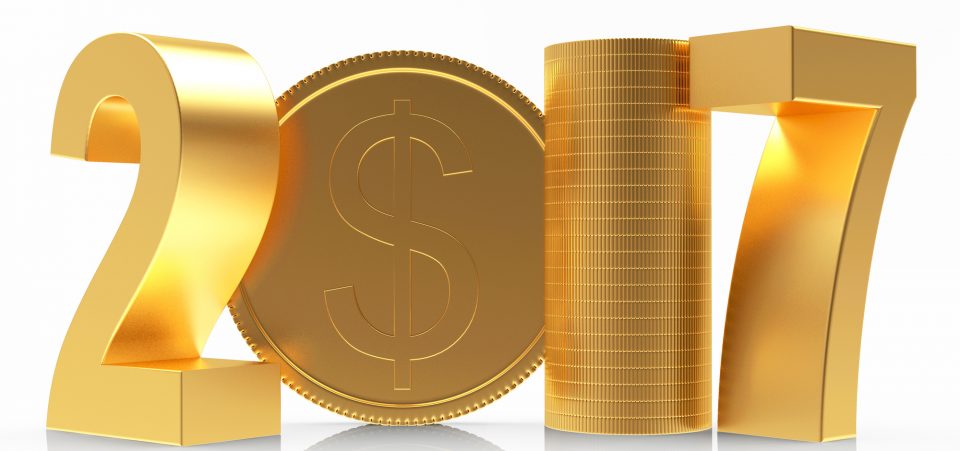The gold prices outlook for 2017 looks very shiny, and it all has to do with the old fundamentals of demand and supply. Keeping in mind that 2016 was the first year that gold prices increased since 2012, here’s what going on:
In 2016, we saw gold inflows of 531 tonnes into exchange-traded fund (ETF) products that hold gold bullion. But in 2014 and 2015, these exchange-traded products reported more gold withdrawals than deposits. (Source: “Gold Demand Trends Full Year 2016,” World Gold Council, February 3, 2017.)
Also, in 2016, world central banks bought over 383 tonnes of the precious metal. And 2016 marked the seventh consecutive year in which central banks were net buyers of gold. (Interestingly, the demand mainly came from smaller central banks.)
Gold Demand in India & China
Meanwhile, consumer demand for gold in India and China remains strong.
Some media outlets have reported that the Indian government could ban imports of gold due to its recent policy of demonetization of the country’s local currency. Pay very little attention to this. Several official sources have completely denied this, and have said there are no plans in place to restrict gold holdings and imports. (Source: “Demonetisation: No proposal to restrict gold holding by individuals,” The Times of India, November 25, 2016.)
In China, some banks are having trouble importing gold into the country. The Chinese government may want to do this to curb the capital outflow from the country. Regardless, China is still the world’s second biggest importer of gold. (Source: “China tightens gold import quotas to curb dollar outflow,” Financial Times, November 30, 2016.)
Gold Prices Outlook for 2017: Optimism Ahead
I have been bullish on gold prices for a while. In fact, I turned bullish on gold bullion way back in 2001, when it was trading at around $300.00 an ounce. I am looking at this precious metal for the long term, and I don’t really care about what happens in the short term. I firmly believe that years of record-low interest rates and the Federal Reserve’s printing of about $4.0 trillion in new money will eventually come to haunt us in the form of inflation, and that this will be a boon for gold prices.
On the supply side of the equation, after gold prices fell to under $1,100 an ounce in 2015 from being close to $1,900 an ounce in 2011, major gold mining companies closed unprofitable mines. These were mines where costs to produce were above $1,200 an ounce. This took a lot of production off the market. Simultaneously, these companies pulled back on exploration to conserve cash. Hence, there is not a lot of new supply coming onto the market.
In any situation where demand for a commodity is rising and supply is constant, the result is higher prices. And that’s exactly what I believe will happen with gold prices: they’ll move higher.






